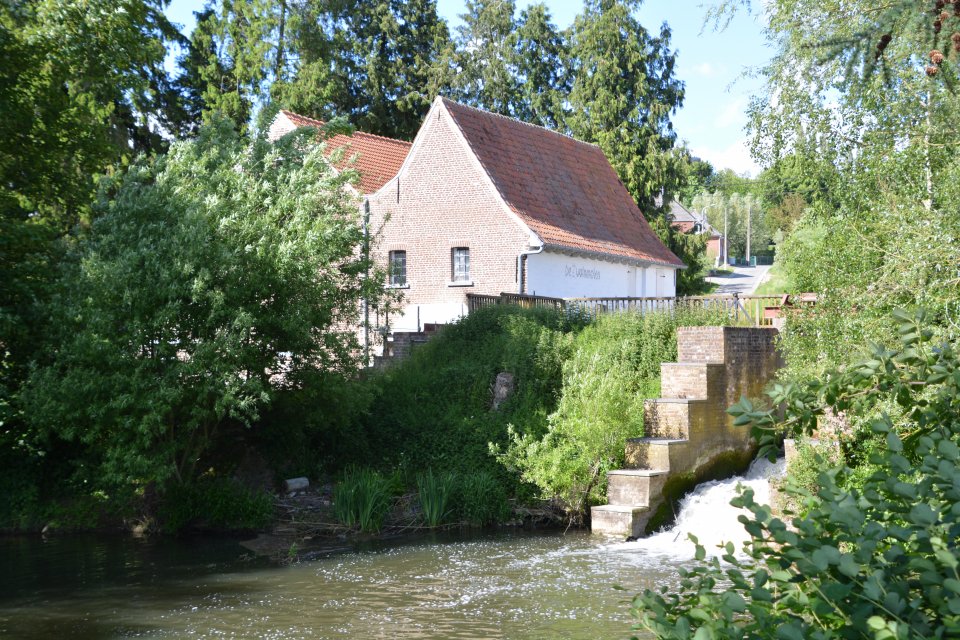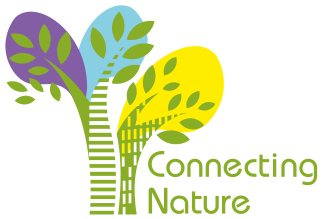
The Zwalm river catchment measures an area of around 20000km2 and is located in a rural vicinity. Intensive agriculture around the river is one of the many stressors the stream experiences.
After degradation of the river due to straightening, bank enforcements, navigational use and intensive agricultural land use along its banks, the Zwalm river basin is now to be restored at several sites. The case study aims at restoring the river to a healthy and functioning ecosystem while still allowing navigational use. A focus is on habitat restoration (spawning beds, buffer strips) and passability for fish.
This case study is one of 17 that are part of the EU Horizon2020 project MERLIN - Mainstreaming Ecological Restoration of freshwater-related ecosystems in a Landscape context: INnovation, upscaling and transformation.
- removal of dams and fish migration barriers
- riverine and riparian habitat restoration (restoration of spawning beds, water buffer basis, riaprian buffer strips)
- biodiversity enhancement both in the river and in the riparian zones
- reduction of erosion
- improvements of ecological and water quality
- Increase infiltration / Water storage
- Reduce drought risk
- Reduce flood risk
- Reduce run-off
- Improve connectivity and functionality of green and blue infrastructures
- Increase achievements of biodiversity targets
- Increase quality and quantity of green and blue infrastructures
- Improve water quality
- Increase awareness of NBS solution & their effectiveness and co benefits
- Increase stakeholder awareness & knowledge about NBS
Further information
- 6. Clean Water and Sanitation
- 12. Responsible Consumption and Production
- 13. Climate Action
- 14. Life Below Water
